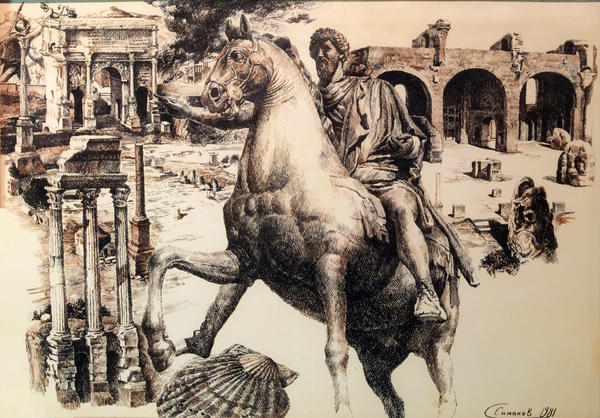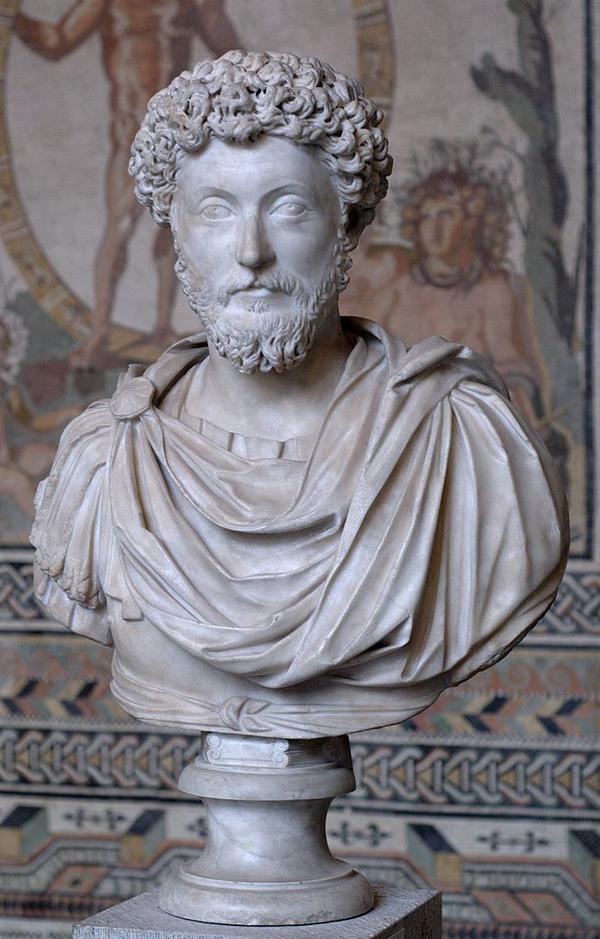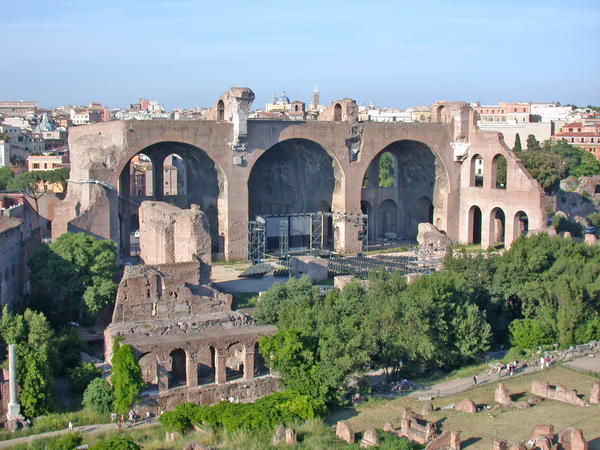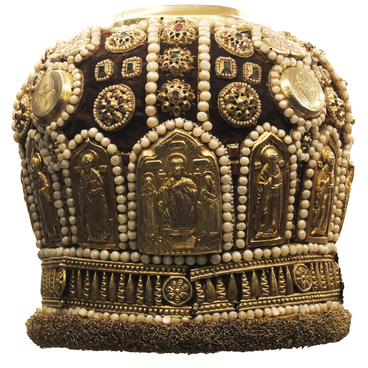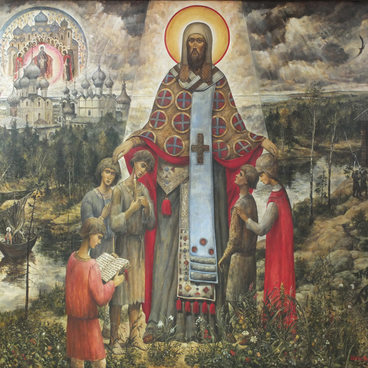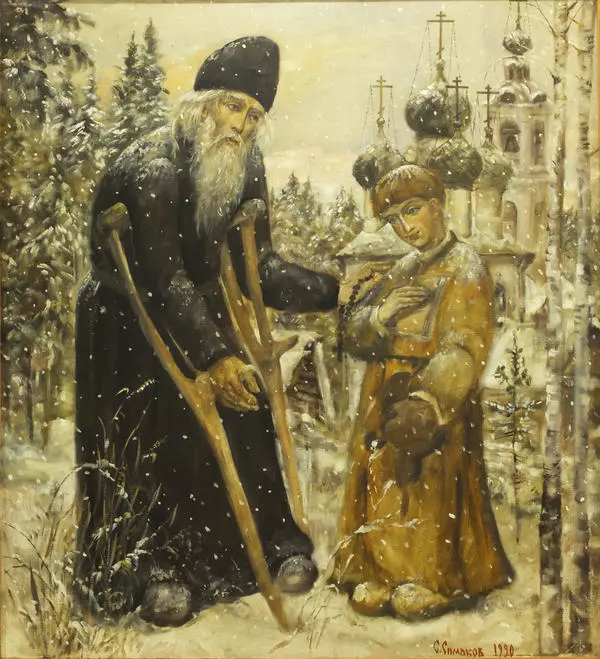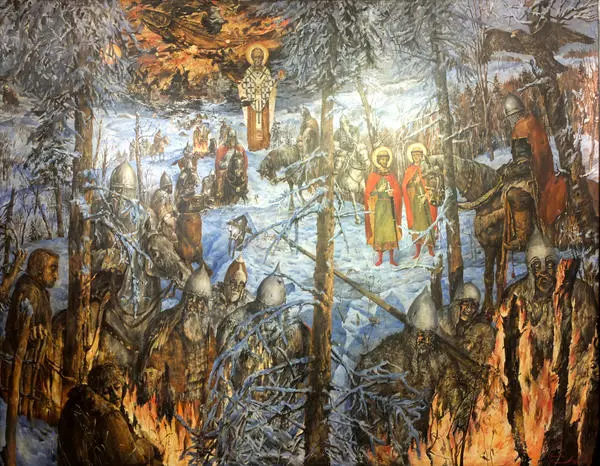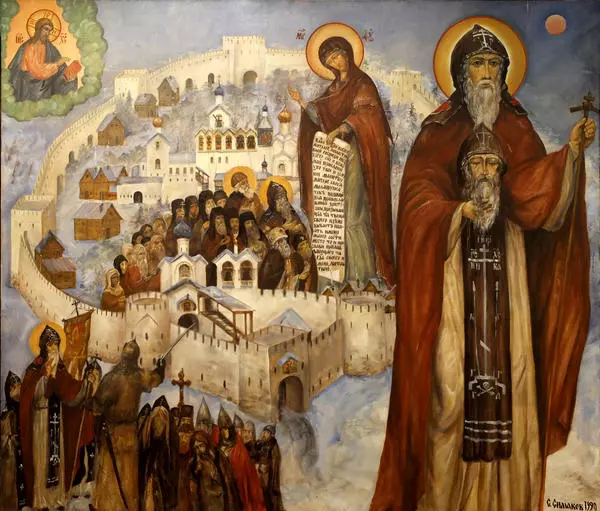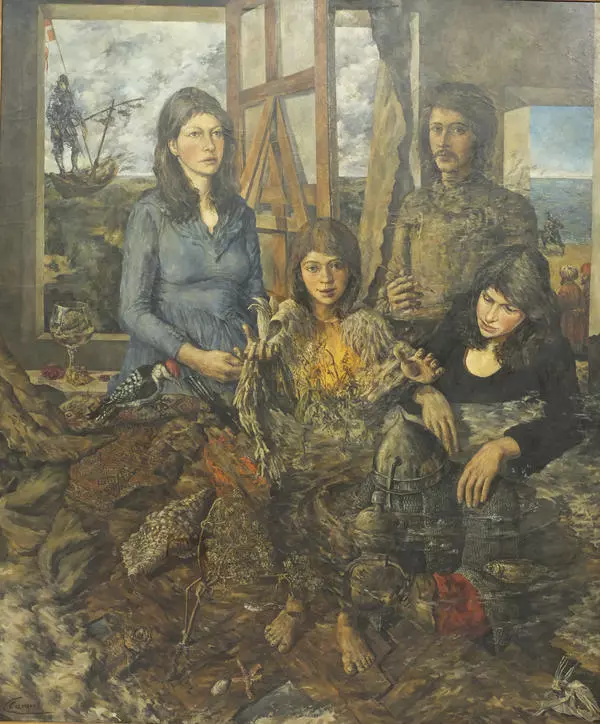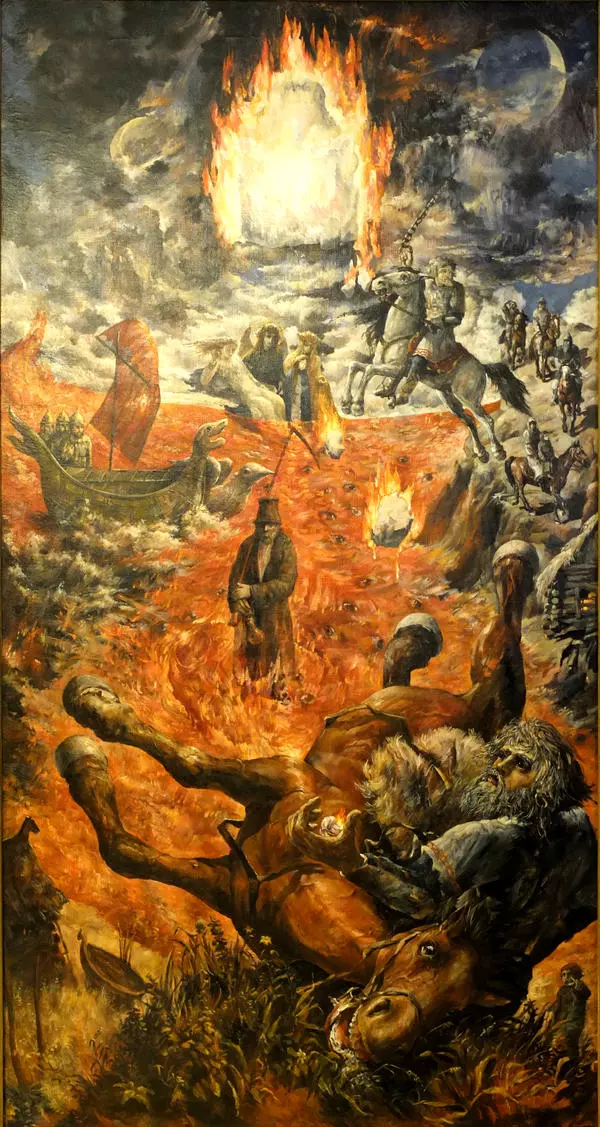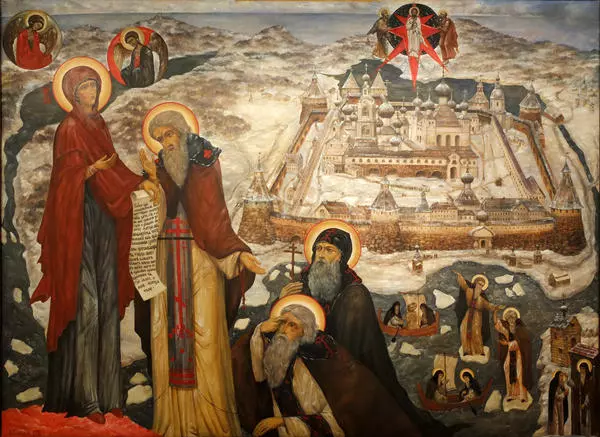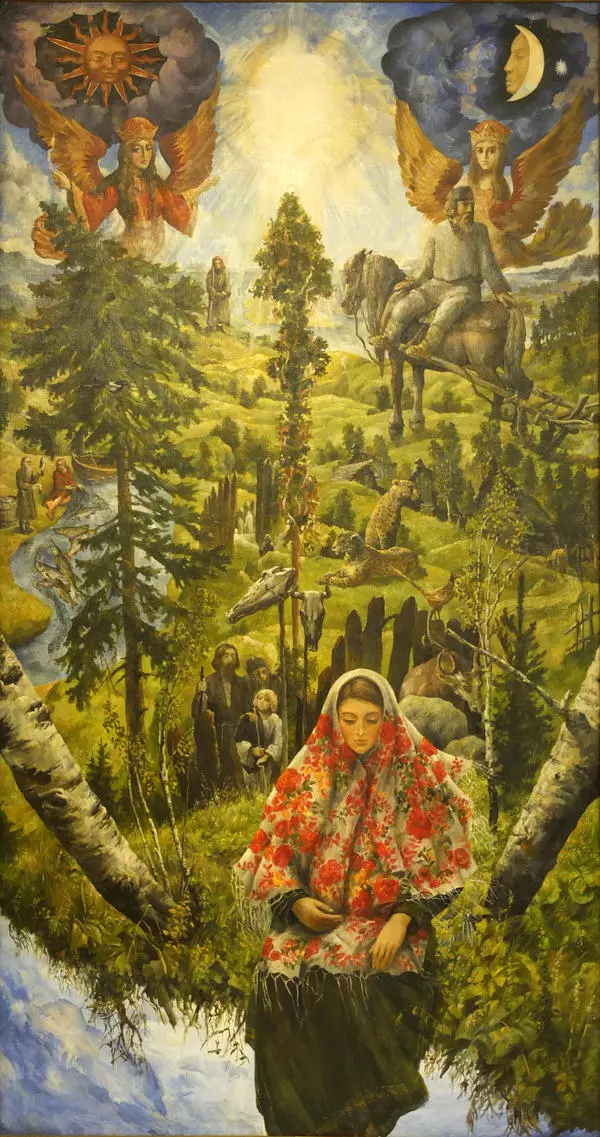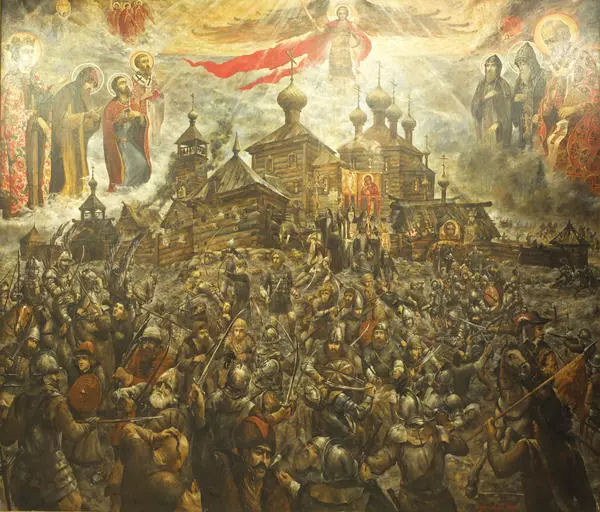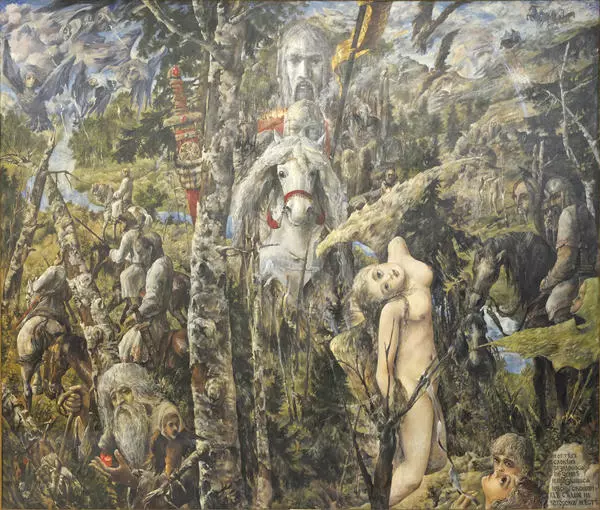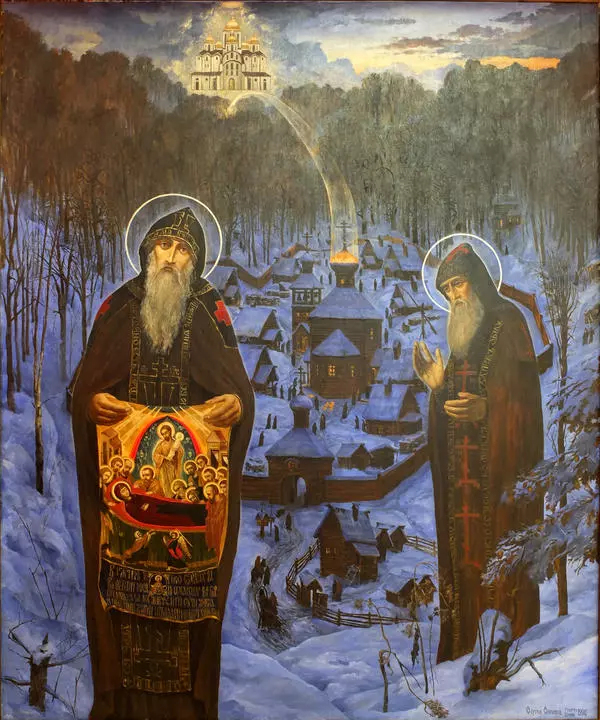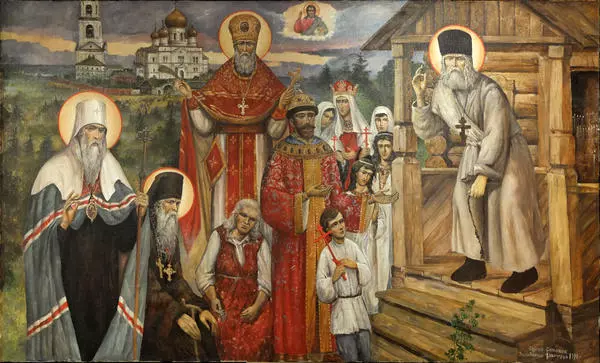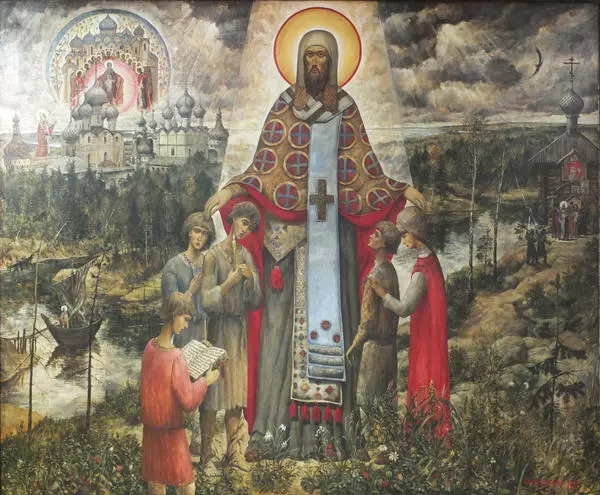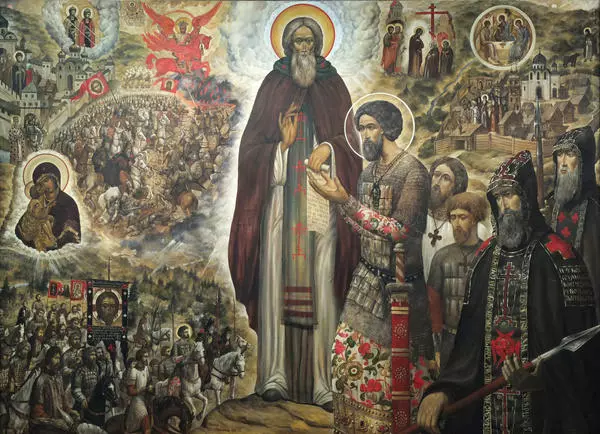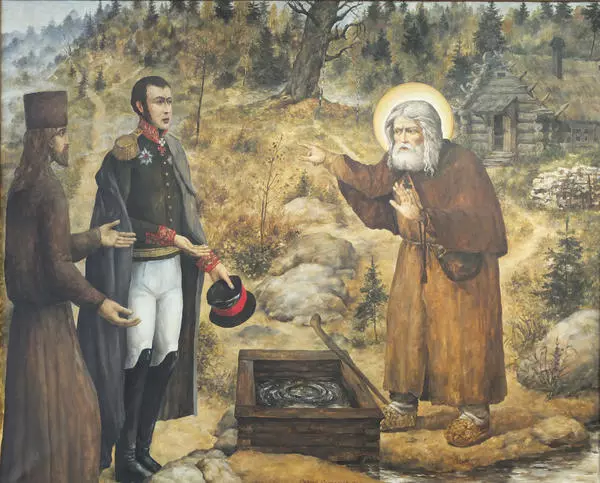The artist Sergei Simakov completed the first version of the graphic series Stones of Rome in 1981. It included drawings that had the Roman Empire as its central motif: The Capitoline Hill, The Nest, Castel Sant’Angelo, Marcus Aurelius, In Rome’s Sky. In 2011, he added one more work to it — Virgil. All the 1981 drawings are executed in the Surrealist style: Several Roman images are intermingled in them, leaving a leeway for multiple interpretations by the viewer.
Marcus Aurelius
Время создания
1981
Размер
29x41 cm
Техника
India ink, pen on paper
Коллекция
Выставка
0
Открыть в приложении#1
Simakov S.B.
Stones of Rome. Marcus Aurelius
#2
#3
A bust of Marcus Aurelius, Glyptothek, Munich, 2nd century AD
Source: wikipedia.org
Marcus Aurelius is the most expressive drawing of the series. In the center, the artist placed an equestrian statue of Marcus Aurelius Antoninus, the last of the so-called Five Good Roman Emperors, during the reigns of which the Roman Empire was at the peak of its prosperity.
#4
The prancing horse figure and clouds of smoke in the background remind of the numerous wars of conquest waged by Marcus Aurelius. Battles are also referred to by the warrior breaking a horse; he is visible in the upper left corner. It is probably Castor, one of the twin brothers Dioscuri, who, according to myths, accomplished multiple heroics deeds and were revered as models of martial prowess.
The emperor is surrounded by ruins of architectural masterpieces of the Roman Forum, the center of political, economic and religious life of the Roman Empire. To the left of Marcus Aurelius stand the three columns of the Temple of Castor and Pollux, one of the most ancient temples on the Forum. Closer to the right corner is placed a drawing of the Basilica of Maxentius, the biggest building. To its left, we see the Arch of Septimius Severus, a triumphal arch dedicated in 205 to commemorate Roman victories in the campaigns against the Parthians.
#5
Temple of Castor and Pollux, 484 BCSource: wikipedia.org
#6
Basilica of Maxentius, 308-312 ADSource: wikipedia.org
#7
Arch of Septimius Severus, 205 AD Source: wikipedia.org
#8
Sergei Simakov points to the future of the Roman Empire by depicting not only ruined buildings but also a fish-head coming into view from the ground. Fish is one of the oldest Christian symbols. In the Soviet period, there was a strict ban on including any religious attributes into pieces of art. This is probably the reason why Simakov used that metaphoric element.
The sign of fish was also a way for early Christians to conceal religious meaning from Roman censorship. The letters of the Greek word ‘ichthus’ (fish) make up an acronym of the phrase ‘lesous Christos Theou Uios Soter, ” which is translated into Russian as “Jesus Christ, Son of God, Savior.”
The sign of fish was also a way for early Christians to conceal religious meaning from Roman censorship. The letters of the Greek word ‘ichthus’ (fish) make up an acronym of the phrase ‘lesous Christos Theou Uios Soter, ” which is translated into Russian as “Jesus Christ, Son of God, Savior.”
#9
Uglich State Historical, Architectural and Art Museum
читать дальшескрыть
00:00
00:00
1x
Marcus Aurelius
Время создания
1981
Размер
29x41 cm
Техника
India ink, pen on paper
Коллекция
Выставка
0
Открыть в приложении
Поделиться

